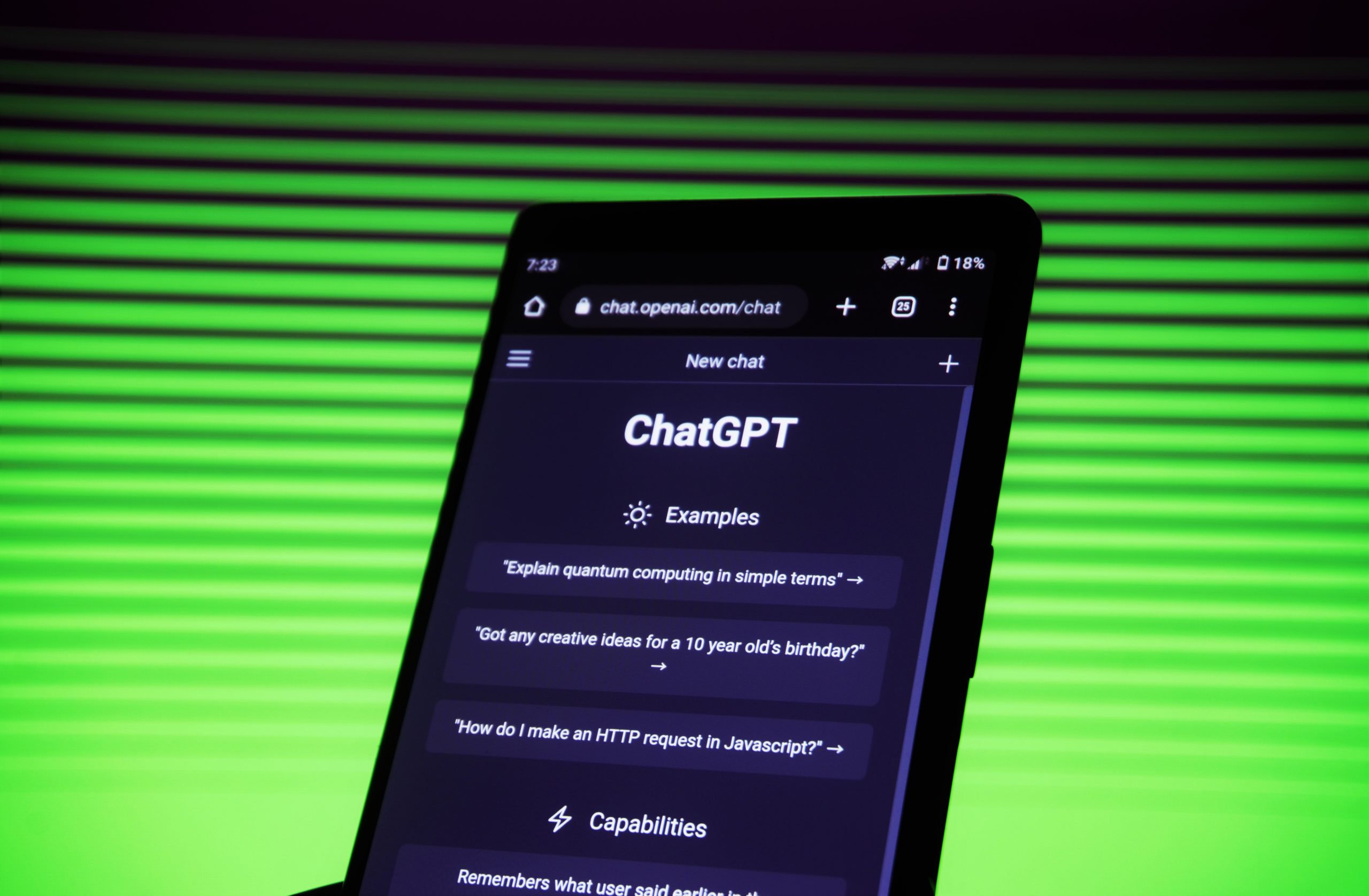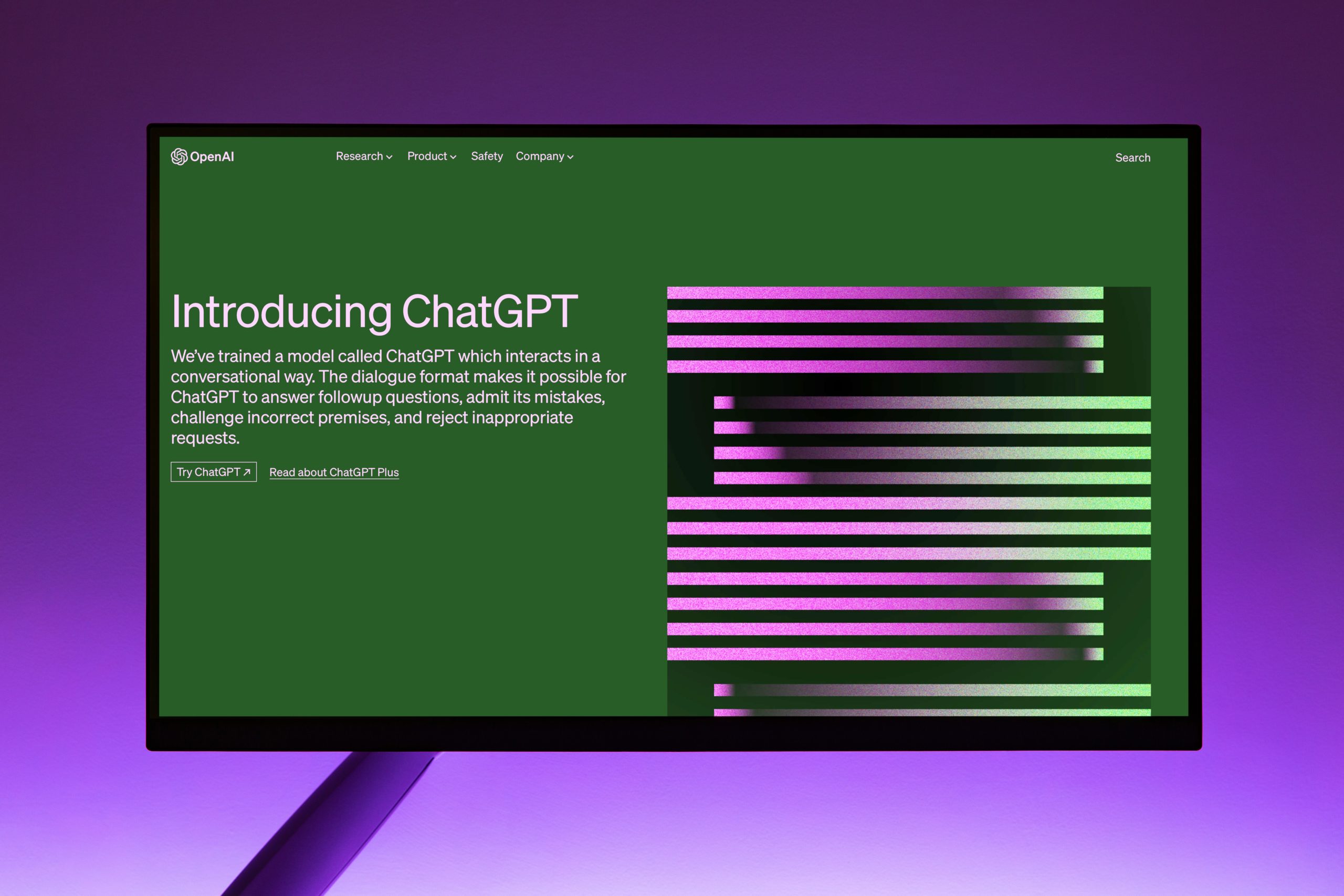Introduction
In today’s AI-driven world, having the right skillset can unlock enormous value – all through a handful of meticulously chosen words. Welcome to the world of prompt engineering with GPT-4, where you will be guided step by step through the process of this transformative skill.
Whether you’re an AI enthusiast or a complete novice, we have your back. With no coding experience required, let’s dive right into understanding the power of prompt engineering and how it can shape your career, drive your business forward, or simply add a fascinating new skill to your repertoire.
What Is Prompt Engineering?
Interaction with AI, specifically chatbots like ChatGPT, usually involves a dialog box where you input your prompt. This prompt guides the AI to deliver your desired output. However, prompt engineering goes beyond this simple exchange. It’s not just about telling the AI what to do; it’s about strategically structuring your prompts to extract optimal value. A well-crafted prompt can extract valuable insights and responses from the AI model, whereas a vague or ambiguous prompt can lead to suboptimal results. Think of it like the concept of “garbage in, garbage out.” If the input is haphazard or unclear, the output follows suit.

Let’s dive deeper and explore how this works in practical terms.
The Art of Prompt Engineering: A Practical Insight
Prompt engineering involves more than just telling the AI what to do; it’s about strategically structuring your prompts to derive optimal value. This can be done through various methods, including zero-shot, one-shot, and few-shot prompting.
Zero-Shot Prompting
Zero-shot prompting is the most straightforward form of prompt engineering. It involves using the AI as an autocomplete engine, providing it with a question or a phrase and letting it generate a response with no previous examples. For instance, if you ask the AI, “What is the capital of France?” the AI will complete the question autonomously and respond with “Paris.”
One-Shot Prompting
In one-shot prompting, you provide a single example of the desired output structure. This ‘shot’ serves as a guideline for the AI to generate an output that follows the same pattern. For example, if you’re asking the AI to translate a sentence from English to French, you might provide it with a single example of an English sentence and its French translation. This informs the AI about the task and the desired format of the output.
Few-Shot Prompting
Few-shot prompting takes the idea of one-shot prompting a step further. In few-shot prompting, the AI is given multiple examples to guide it towards the desired output. The AI uses these examples as a pattern and generates an output accordingly.
As we dive deeper into the art of prompt engineering, you might start to realize that it’s not about commanding an AI, it’s about communicating with it. It’s an exchange that involves you providing clear, well-defined instructions and the AI, in return, interpreting them to give the most useful results possible. The old adage of ‘garbage in, garbage out’ is remarkably pertinent in this scenario – the quality of your input directly determines the quality of your output.
Imagine for a moment that the AI is an unending ocean of data, ideas, and insights. Your prompt acts as a net, cast into this vast ocean. A well-crafted net (prompt) can catch a bounty of valuable information, whereas a poorly designed one might only capture irrelevant details or, worse, come back empty.
The video provides an excellent illustration of this concept by using a simple math problem. In the OpenAI playground, the speaker inputs a basic multiplication problem that the AI initially solves incorrectly. However, upon revising the prompt by adding an instruction – ‘make sure to put the right amount of zeros, even if there are many’ – the AI returns the correct result.
This clear example underscores the power of prompt engineering. By tweaking a simple sentence, the outcome shifted from incorrect to accurate. This precision is not just crucial for simple math problems; when applied to complex tasks, these small adjustments can have profound implications.
Let’s take a moment to better understand the tool we are utilizing. The OpenAI playground, contrary to popular belief, is not the same as ChatGPT. The playground serves as a versatile platform that lets you interact with all of OpenAI’s products in their natural form.
To put it simply, ChatGPT is an application that OpenAI built on top of the GPT-3 model. However, OpenAI significantly modified GPT-3 to make ChatGPT, applying reinforcement learning and fine-tuning, among other enhancements.
These modifications might make ChatGPT more enjoyable and valuable to some users, but if you’re looking to create scalable businesses atop these models, you need to learn how to engineer prompts for the base models. This is because the base models are the ones you can access and utilize via OpenAI’s API.
Here’s where prompt engineering takes center stage. When you can engineer prompts effectively, you can get the most out of these AI models. Prompt engineering is not just a way to use AI more effectively, it’s a tool that enables you to use AI to solve real-world problems.
To bring this idea to life, let’s consider a practical example: Suppose you’re an entrepreneur looking to develop a legal tech startup. You want to create an AI-powered tool that can interpret legal texts and summarize them for easy comprehension. Prompt engineering will enable you to guide the AI to deliver the desired results, making it a valuable tool for your startup.

Conclusion
In the end, mastering prompt engineering is about understanding the interplay between human language and AI comprehension. It involves strategic communication, nuanced guidance, and an understanding of the AI’s strengths and limitations. As AI continues to evolve and become more integrated into our daily lives, prompt engineering could become a crucial skill. It’s more than just a tool for tech enthusiasts or AI developers. It’s a skill that can enhance anyone’s interaction with AI, from improving business applications to enriching personal AI experiences.
To harness the true power of GPT-4 and future AI models, it’s essential to keep refining your prompt engineering skills. Remember, with the right prompt, your AI is more than just a machine—it becomes a powerful ally, ready to assist you in unlocking insights, making informed decisions, and exploring the unlimited potentials of an AI-driven future.


